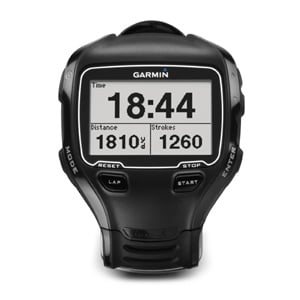This is the trailer from a movie called "Moneyball", which is based on the true story of how a low budget baseball team was formed from players who were picked according to a statistical analysis of many players. This is an example of "big data" application. Big data is the systematic analysis of enormous amounts of information and extraction of knowledge (or wisdom) from this an analysis.
Data are being recorded more than ever. Internet in all forms, mobile phones, sensors, are recording continuously and in digital - standardized format all kinds of data. Heart beat rate of runners, traffic in the cities, searches in the web, weather, news, emotions (through social media), location of smartphones, and many other details that there is no point to list now. Recoding is not producing any knowledge. This amount of information is not even manageable by humans alone. This is the playground of computerized processors! Humans are inventing algorithms that analyze with the help of computers the available data. Of course within the limits of our current imagination.
Data are stored though and are available for ever, with the new technologies of the "cloud". They will be there for generations to come. Computers are starting to learn! Because simply... they have unlimited time to look into and combine all this information. And they are way faster than humans in analyzing huge amounts of raw data. And when a new algorithm is available they can look back at all the stored data with the new "eye" made available and enrich their knowledge. So the possibilities are only expanding.
This is a trend that cannot be reversed. Simply because our lives are improving through this procedure. Some examples:
- Less traffic or plane accidents
- New health procedures, like epidemic analysis and reactions (Personal Monitoring Tech: Invasion of the Body Trackers)
- More convenience in everyday life (for example, location services and personalized information on demand and in real time)
- Longer weather forecasts
- Superhuman fast stock market reactions and complex financial services
- Better pricing and distribution of products at retail (super markets for example can plan their stock according to weather forecast, or customer behavior analysis!)
- Urban crime control through analysis of events in correlation to various parameters like historical arrest patterns, paydays, sporting events, rainfall and holidays!
Of course, as written in a very enlightening New York Times article: "Data is tamed and understood using computer and mathematical models. These models, like metaphors in literature, are explanatory simplifications. They are useful for understanding, but they have their limits. A model might spot a correlation and draw a statistical inference that is unfair or discriminatory, based on online searches, affecting the products, bank loans and health insurance a person is offered, privacy advocates warn." But even this kind of problems can be solved much faster than in the past. Remember... data are there for ever and they only get more and more!
The main issue that must be addresses and resolved is access to the available data. I believe that recording is not bad for anyone, as long as the access to the records are open to anyone! This is the only way that true wisdom can be extracted from all this information. This the "Open Data" movement which is affecting all of us! The Guardian has been encouraging this movement for some time now. This a society issue and in my opinion it should be ranking very high in our priorities for the future. I would even call it a political issue!
Of course, there’s a major shortage of analytical talent. According to the McKinsey Global Institute (MGI), this is already an issue in the private sector. MGI predicts that in the US alone there will be an annual shortage of graduates in deep analytical fields of 140,000 to 190,000 by 2018. A very good article on this subject is from Linda Rosencrance of the Spotfire Blogging Team "The Promise and Challenge of Using Big Data to Address World Problems".
Big data in the end is all about wisdom and evolution! And obviously this cannot be left to the hands of few or only in the processing power of computers!

